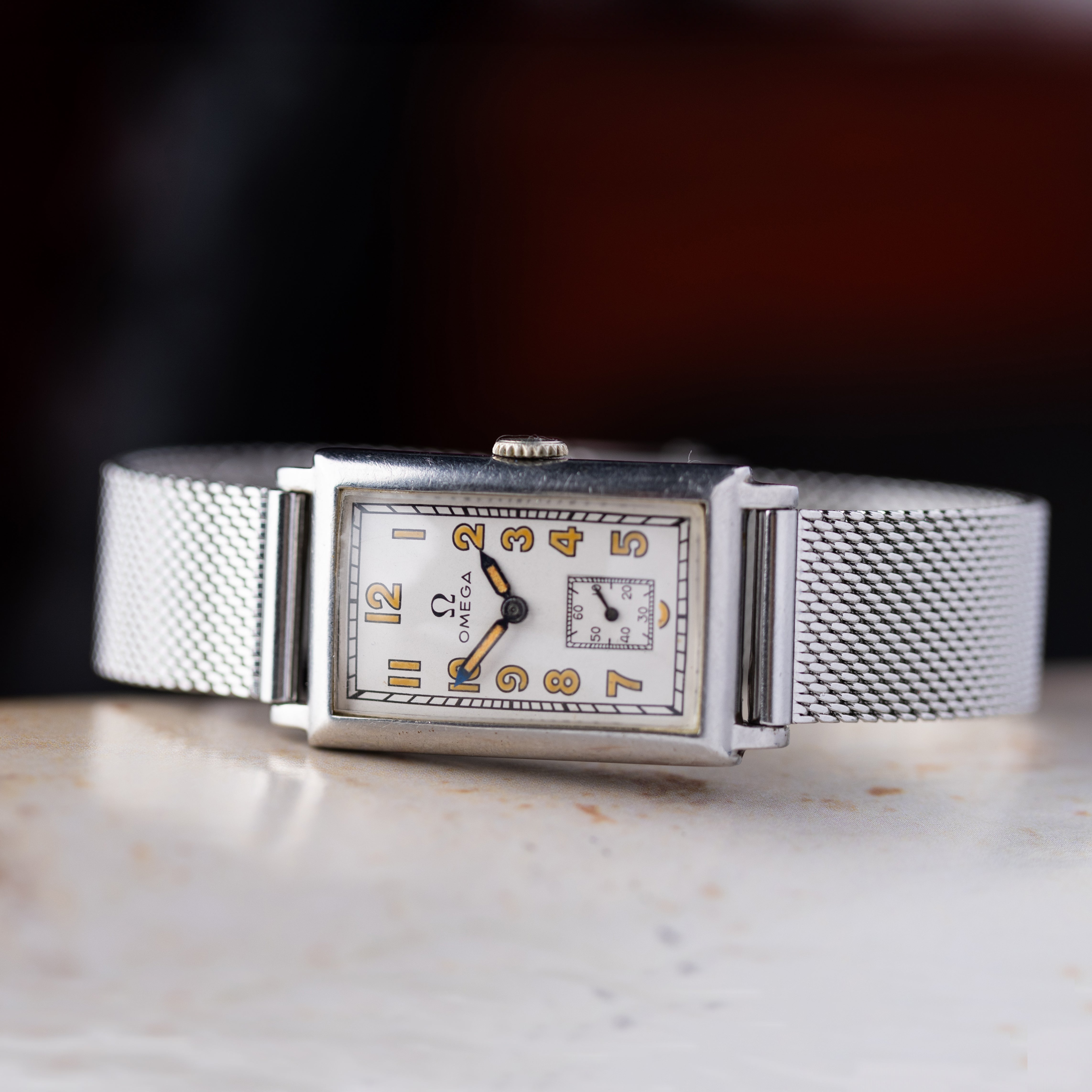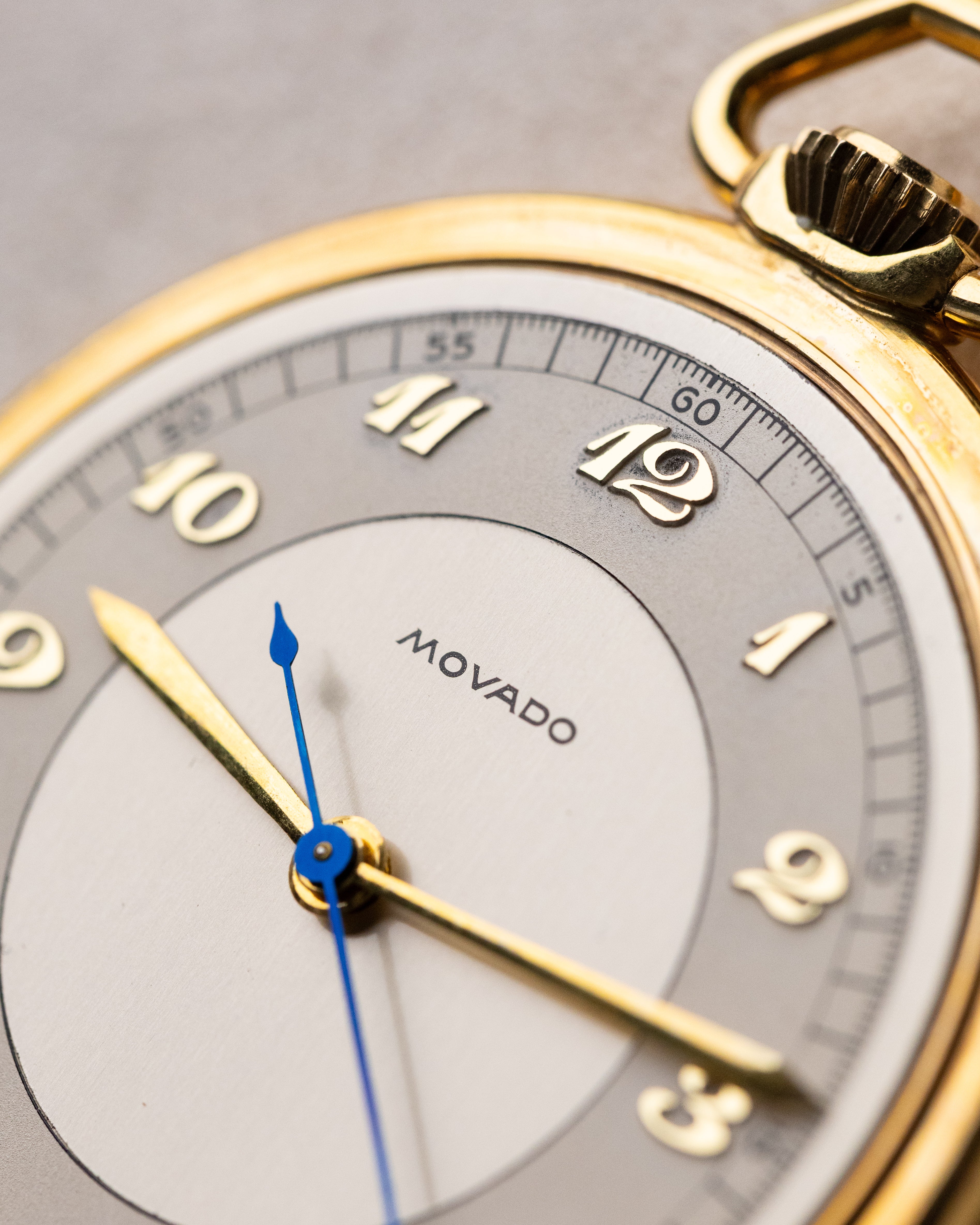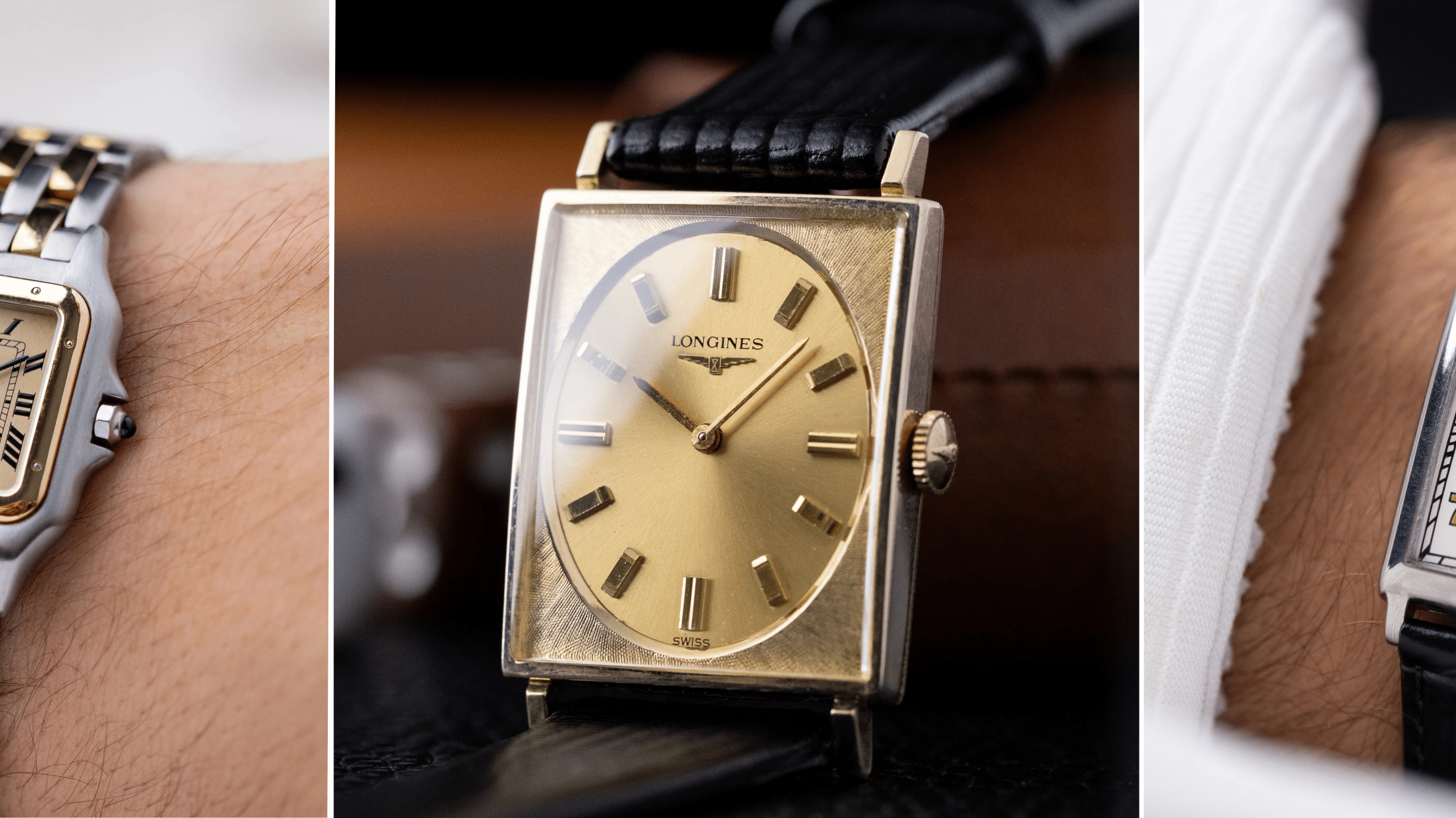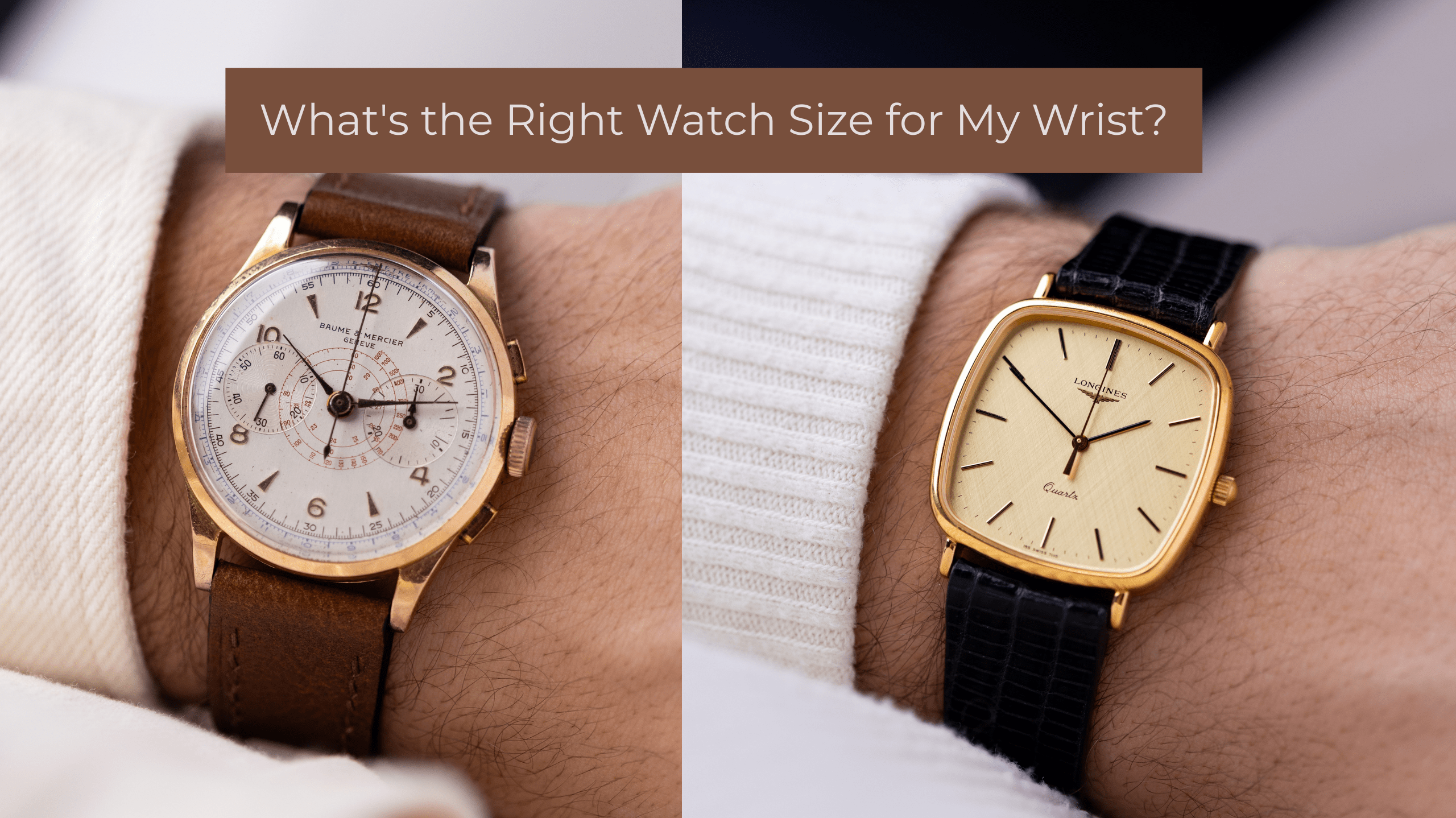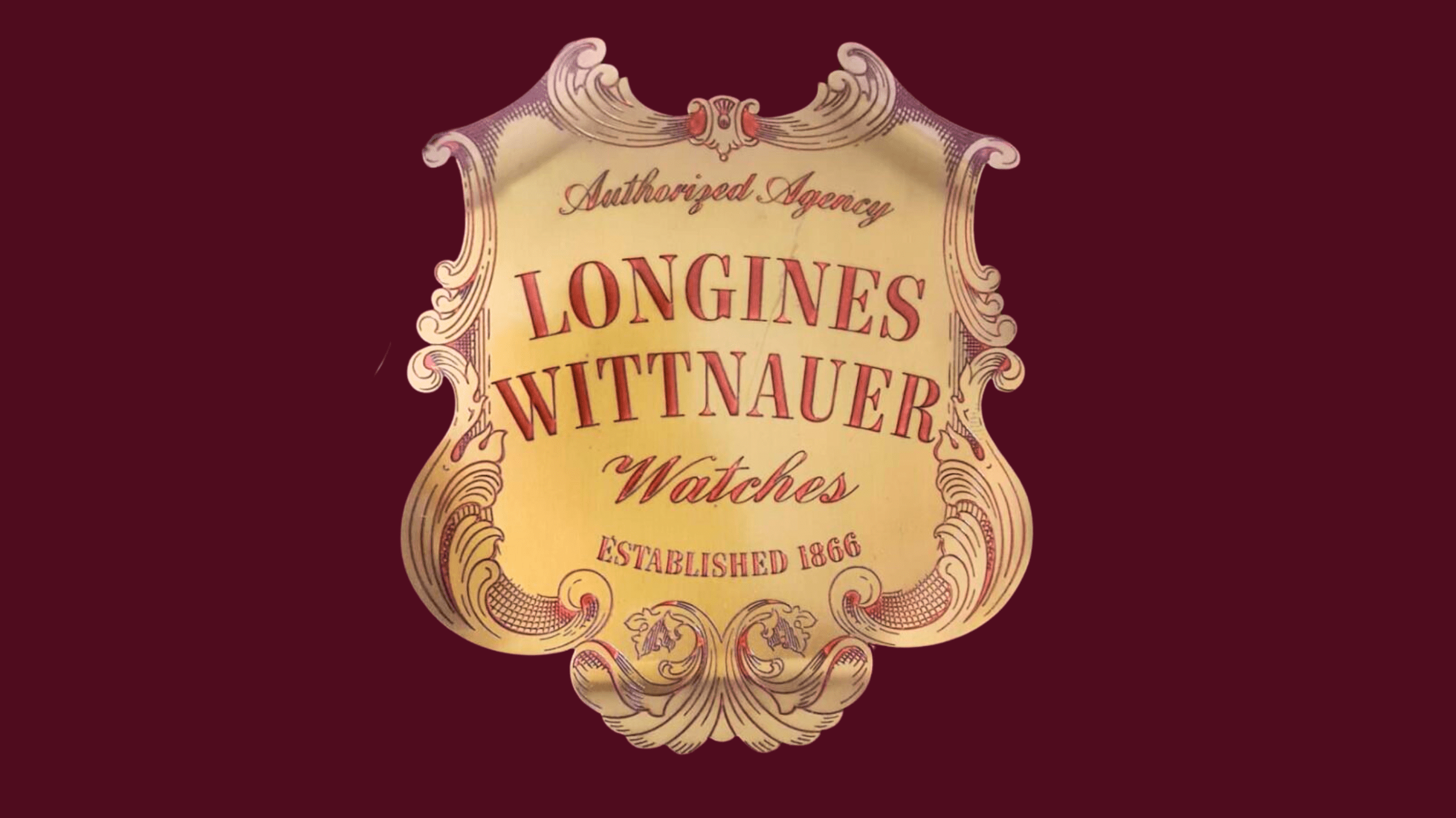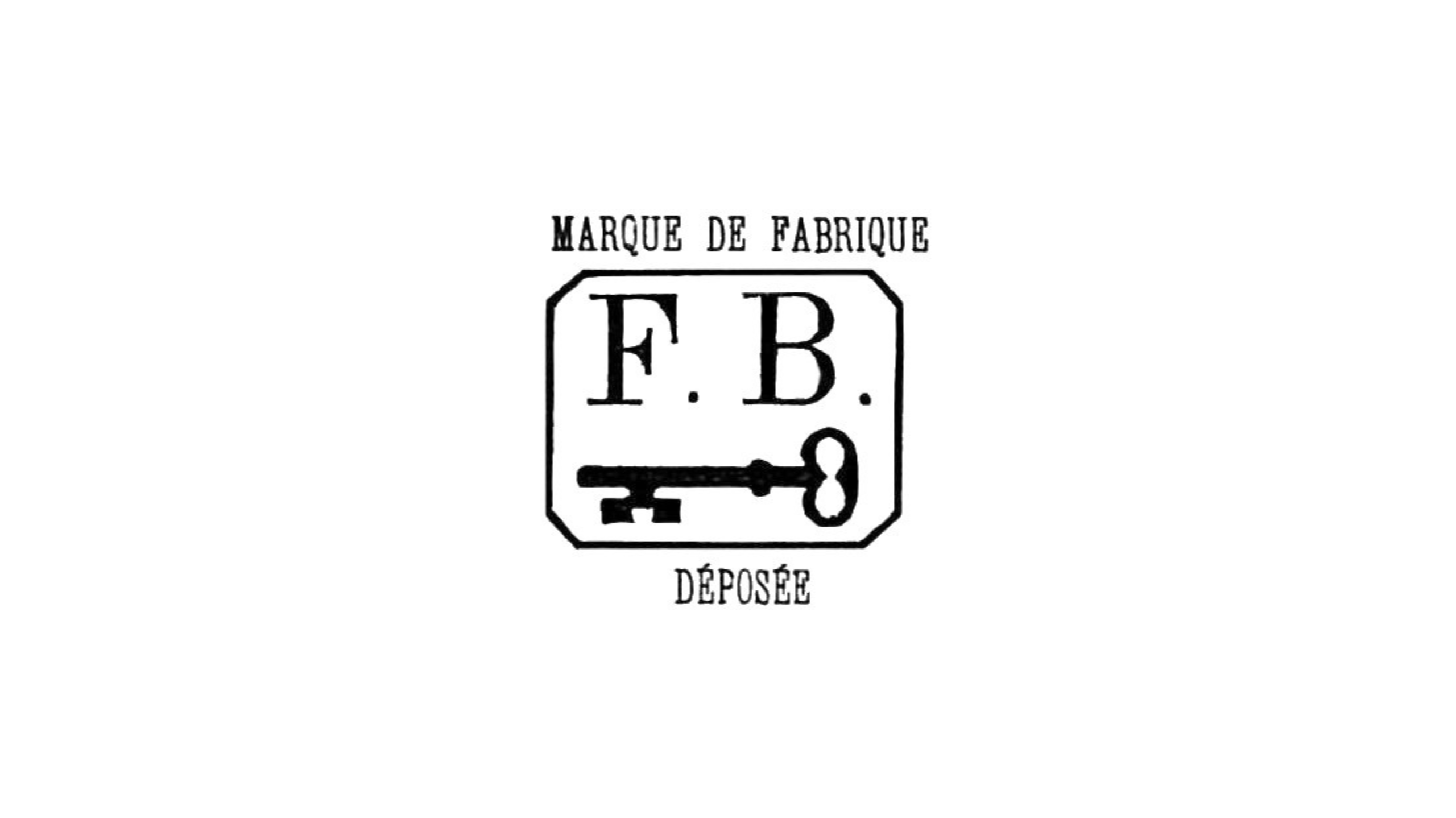Origins of the Movado Brand
Movado was founded in La Chaux-de-Fonds, Switzerland, in 1881 by Achilles Ditesheim, a 19-year-old entrepreneur with a vision to produce high-quality timepieces in the heart of the Swiss Jura. Originally known as LAI Ditescheim & Frères SA, the company would be renamed "Movado" in 1905—derived from the Esperanto word for "always in motion"—reflecting its innovative spirit and global ambition.
By the early 20th century, Movado was establishing itself as a maker of both practical and artistically refined timepieces, specializing in pocket watches with forward-thinking design and engineering. Unlike some contemporaries who relied solely on external movement suppliers, Movado gradually began producing in-house calibers, a move that would prove crucial for its legacy.
Innovations and Early Achievements
Polyplan (1912)
One of Movado’s earliest horological innovations came in 1912 with the Polyplan, a wristwatch that featured a uniquely curved movement and case, designed to better fit the wrist. Though not a pocket watch, the Polyplan demonstrated Movado’s willingness to innovate not only aesthetically but also mechanically.
Movado Calendograph and Ermeto
In the 1920s and '30s, Movado produced a series of complicated pocket watches, including models featuring triple date displays, moonphases, and chronographs. A standout was the Calendograph, an elegant timepiece offering full calendar functions, at a time when such complications were rare outside of haute horlogerie houses.
Meanwhile, the Ermeto, released in 1926, was a revolutionary sliding-case pocket (and later travel) watch that wound itself when opened and closed. This design was both futuristic and utilitarian, foreshadowing mid-century interest in portability and automation. The Ermeto, co-developed with Swiss case-maker Huguenin, was popular with both men and women, and Movado even collaborated with Cartier to produce co-branded versions.
In-House Movements and Mechanical Identity
Unlike many brands of the era that relied on ébauche movements (unfinished movement blanks from companies like ETA or Valjoux), Movado invested in proprietary mechanical calibers. This independence allowed the brand to distinguish itself both in technical quality and innovation.
Key Vintage Movado Movements
-
Movado Caliber 475 and 473 (manual wind): Used widely in early 20th-century pocket and wristwatches, reliable and finely finished for their time.
-
Movado Caliber 90M and 95M: Manual wind chronograph calibers developed in-house. The 95M, in particular, powered both pocket and wrist chronographs during the 1940s and ‘50s.
-
Movado Caliber 227: A more refined movement used in higher-grade watches, known for its durability and accuracy.
These in-house calibers are a major reason vintage Movado pocket watches have held their value. Their quality often matched or surpassed better-known competitors, and they featured decorative finishes, solid construction, and sometimes even chronometer-level adjustments.
Movado Pocket Watch Styles and Design Legacy
Art Deco Influence
Movado embraced the Art Deco movement in the 1920s and ‘30s, creating pocket watches with geometric dials, guilloché patterns, and Bauhaus-inspired typography. These pieces were often cased in solid silver or gold, with enamel accents or stylized numerals. Many featured integrated chains and accessories, making them fashionable as well as functional.
Collectors today prize these pieces for their aesthetic cohesion and period authenticity. Art Deco Movado watches are often seen as understated compared to brands like Cartier or Patek Philippe, but this relative obscurity makes them an excellent value.
Military and Officer’s Watches
During the 1930s and World War II, Movado supplied military-style pocket watches with robust cases, black dials, and luminous hands. These pieces prioritized legibility and ruggedness, featuring protective covers and anti-magnetic shields. Officer’s watches from this period were often gifted and engraved, adding historical depth for collectors.
Collaborations and Partnerships
One of Movado’s unique qualities was its willingness to collaborate with luxury design houses and other watchmakers. Movado worked closely with Cartier in the early 20th century and later partnered with Zenith in the late 1960s, forming the Mondia-Zenith-Movado alliance.
This union allowed Movado to access Zenith’s El Primero automatic chronograph movement, but it also led to a dilution of Movado’s brand identity during the quartz crisis. Nevertheless, from a vintage standpoint, pieces from the early part of this partnership are well-respected for their quality and hybrid design language.
The Museum Dial and Its Influence
Although not a pocket watch, it’s impossible to discuss Movado without mentioning the Museum Watch, designed by Nathan George Horwitt in 1947. Its single dot at 12 o'clock became iconic, symbolizing the sun at high noon. In 1960, this minimalist design was selected for the permanent collection of the Museum of Modern Art (MoMA) in New York, cementing Movado’s reputation as a design-forward brand.
This ethos of minimalism and clarity would influence the dials of later Movado pocket and wristwatches, blending modernist ideals with classical watchmaking.
Why Are Vintage Movado Pocket Watches Collectible?
1. In-House Movements
Movado is one of the few mid-century Swiss brands with a long history of producing their own movements. Collectors value these in-house calibers for their engineering integrity and historical authenticity. Unlike mass-produced ETA movements, Movado's calibers show thoughtful design and durable construction.
2. Design Diversity
From Art Deco to Bauhaus, military to modernist, Movado pocket watches span a wide aesthetic range. This makes them appealing to different types of collectors—those who value mechanical ingenuity, historical context, or visual design.
3. Undervalued Luxury
Movado’s relative obscurity compared to Rolex or Patek Philippe means that many vintage models remain affordable, despite offering comparable craftsmanship. For new collectors, a solid gold Movado pocket watch from the 1930s can be acquired at a fraction of what a similar Vacheron or Audemars might cost.
4. Historical Importance
Movado’s innovations—like the Ermeto or Polyplan—contribute to horological history in a meaningful way. Collectors who value firsts or oddities are drawn to these pieces for their ingenuity.
5. Craftsmanship and Finishing
Even lesser-known Movado pieces from the early 20th century often feature hand-finished components, engraved movements, and well-made dials. These are hallmarks of serious watchmaking and add long-term value.
Key Collectible Models
-
Movado Ermeto: Sliding travel/pocket hybrid. Look for versions with complications or co-branded with Cartier.
-
Triple Calendar Pocket Watches: Especially those with moonphase and enamel dials.
-
Military-style Pocket Watches: Black dials, luminous Arabic numerals, and robust cases.
-
Chronograph Pocket Watches (Caliber 95M): Rare and increasingly sought-after for their in-house mechanics.
-
Art Deco Solid Gold Models: Often featuring guilloché enamel, custom engraving, and avant-garde numerals.
Market Considerations
The market for vintage Movado pocket watches has grown steadily in the past decade, particularly as collectors seek out brands with authentic heritage and real watchmaking credentials. With supply still relatively abundant, prices remain reasonable, though rare complications and solid gold models have seen marked appreciation.
For resale, originality is key. Look for untouched dials, matching serials, and signed cases and movements. Serviced movements with vintage parts retain more value than those with modern replacements.
Conclusion
Movado’s legacy as a maker of refined, innovative pocket watches is often overlooked in mainstream horological history, but those who dive deeper discover a brand rich in design integrity, mechanical expertise, and a willingness to challenge conventions. Whether it’s a 1920s Art Deco piece, a wartime officer’s watch, or a quirky Ermeto, vintage Movado pocket watches represent one of the best values in collectible timepieces today.
Their blend of form and function, history and innovation, makes them not just relics of the past, but enduring icons for collectors who appreciate watches as both tools and art.

